10 Hilariously Wrong ’50s Predictions
In the 1950s, people had grand visions of what the future would look like. Scientists, journalists, and companies made bold claims about life in the year 2000. Many believed machines would take over chores, cars would fly, and trips to the Moon would be casual.
Most of these predictions ultimately proved to be wildly inaccurate. Some were close but missed key details. Here’s a look at the strangest, most confident predictions that never came true.
Jetpacks Were Supposed to Be Everywhere
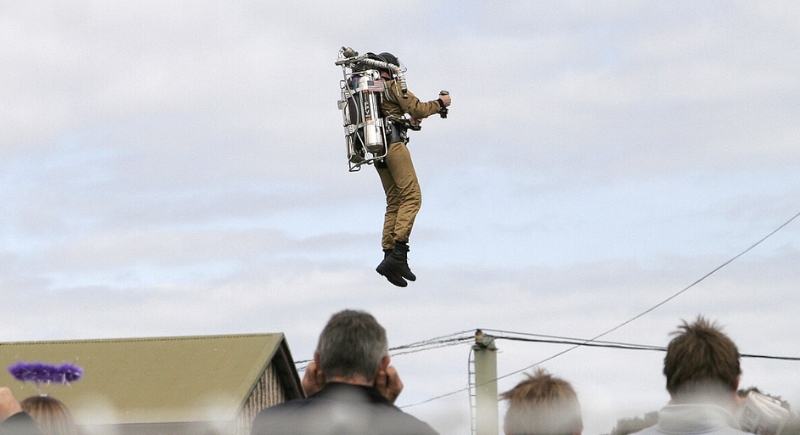
Credit: Wikimedia Commons
Designers believed that personal jetpacks would be as ordinary as bicycles, and would allow commuters to hop over traffic or float to work. They weren’t envisioned as sci-fi gimmicks. They sketched out skies buzzing with jet-fueled commuters. In reality, jetpacks remained rare, loud, and impractical.
A Hose Would Replace Housecleaning

Credit: pexels
Waldemar Kaempffert, a science writer, imagined a future where cleaning involved hoses and hot air instead of brooms. The “house of 2000” would be waterproof, synthetic, and entirely washable. Just spray it and dry it. They completely missed the concept of mildew, plumbing headaches, and the minor fact that nobody wants soggy furniture.
The Moon Would Have Subdivisions

Credit: Getty Images
Some 1950s thinkers assumed the Moon would have developed neighborhoods by the turn of the century. Vacation domes, full-time residents, and real estate brochures showing Earth out the window weren’t seen as jokes. We did make it to the Moon in 1969, but no permanent structures followed. The market for lunar mortgages never arrived.
Women Would Tower Over Men

Credit: Canva
An Associated Press columnist wrote that women were expected to reach an average height of six feet tall, thanks to improved nutrition and medical science. These “superwomen” would dominate runways and the workplace alike. The reality is that women’s average height increased slightly, but not the way science fiction columnists had hoped.
Fusion Would Replace Every Other Energy Source
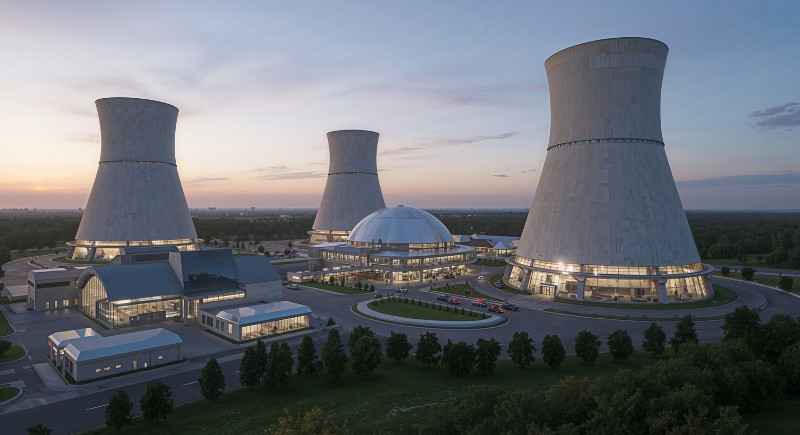
Credit: Canva
The promise of clean, limitless fusion power captured the imaginations of people across the decade. Scientists and policy writers confidently stated it would power cities by 2000. In practice, reactors never achieved a break-even point in energy output. That goal remains elusive, despite enormous budgets and decades of research.
Gasoline Engines Would Disappear
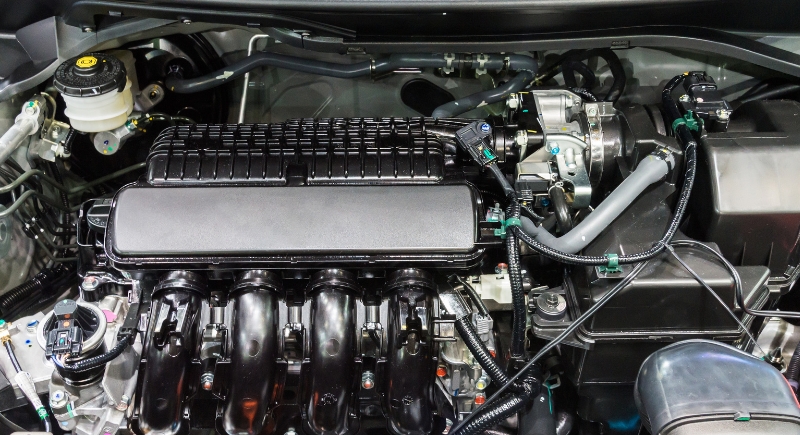
Credit: Getty Images
Early predictions painted a quick decline for gasoline engines, replaced by electric vehicles powered by cleaner, quieter systems. Charging stations were part of the fantasy. But gas-powered cars kept their grip, held in place by cost, convenience, and decades of investment in combustion technology.
Robot Housekeepers Were Treated as Inevitable
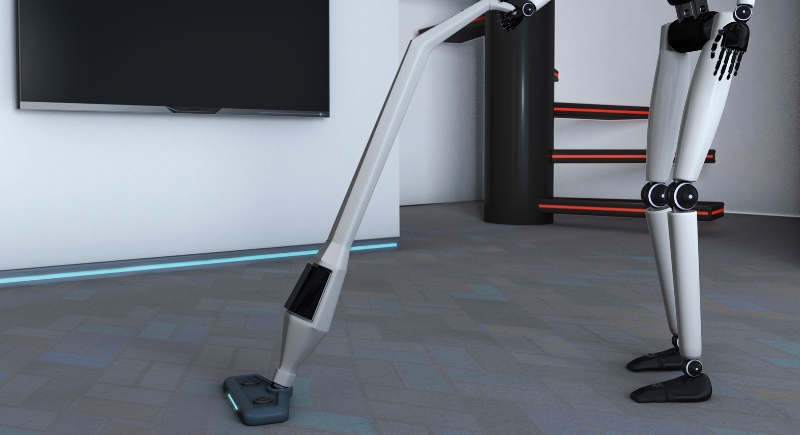
Credit: Getty Images
Household robots were treated as inevitable. Drawings showed humanoid machines cooking dinner or changing diapers, standing obediently in the background. Magazines made them sound only a few years off. In truth, the best we got by 2000 was a disc-shaped vacuum bumping into furniture.
Cable Would End Commercials
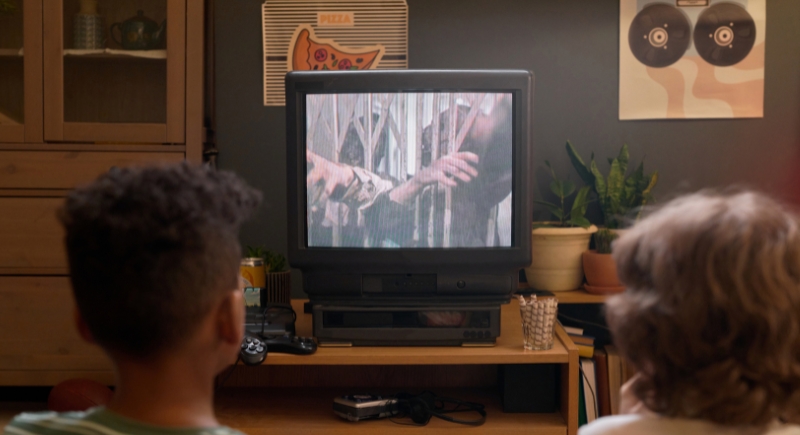
Credit: pressmaster
When cable TV emerged, many believed paid content meant the end of advertising. If viewers paid directly, who needed commercials? Instead, networks realized they could charge subscribers and show ads, often more of them. Ad time, in fact, multiplied faster than channels did.
The U.S. Would Fully Adopt the Metric System

Credit: pexels
In the 1970s, lawmakers tried steering the country toward meters, liters, and Celsius. Schools updated lessons, industries received guidance, and officials spoke confidently about a national shift. The plan never took hold, though. Most people stuck with gallons, feet, and Fahrenheit, and those familiar units still shape everyday life.
Machines Would Give Us 3-Day Weekends

Credit: Getty Images
People once imagined a future where automation trimmed the workweek so much that everyone enjoyed long weekends. The idea was simple: as machines handled more tasks, humans would work fewer hours and gain extra time for rest. Productivity did climb, factories adopted robots, and software picked up routine office tasks. Even so, the typical schedule barely shifted. Full-time jobs stayed demanding, and weekends remained the same length.